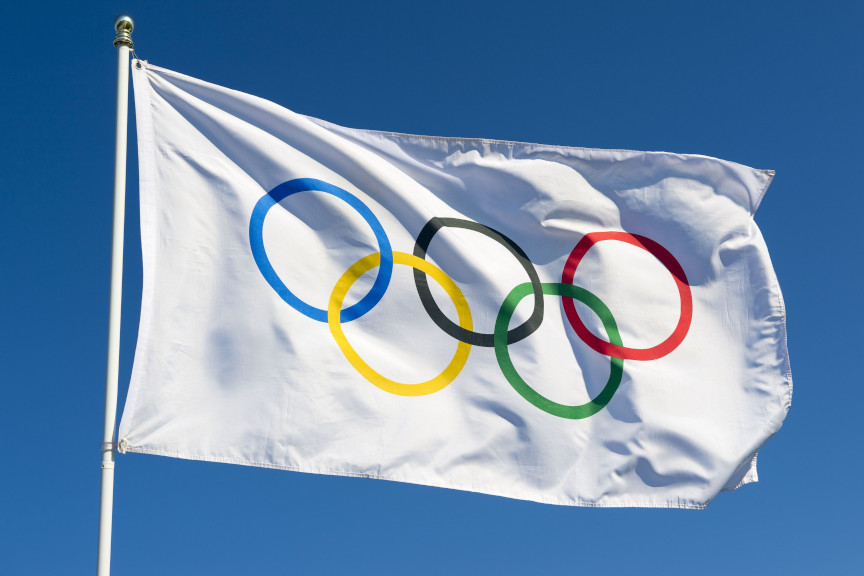Olympic War Crimes – Murdered
Olympic War Crimes – Murdered
November 27, 2021Olympic War Crimes – Murdered
November 28, 2021Olympic War Crimes – Murdered

Part One – The Baltic State Martyrs
By Satish Sekar © Satish Sekar (November 11th 2021)
Coveted
The Baltic States, Estonia, Latvia and Lithuania have had a troubled history. Bigger and ambitious neighbours coveted these nations’ territory. The twentieth century offered great opportunities for independence, but also for new occupations. The end of the First World War brought down great Empires ushering in independent nations and also wars of independence.
Estonia was no different. It fought tenaciously for independence.
From November 1918 to February 1920 Estonia fought the Red Army for independence. The Treaty of Tartu ushered in the first phase of Estonia’s independence in the 20th century. It wasn’t alone. Latvia too fought an independence struggle. It declared independence in December 1918 but was invaded by the Union of Soviet Socialist Republics (USSR) shortly afterwards, winning the struggle for independence in August 1920. Lithuania fought three independence wars between December 1918 and August 1920, against the USSR, remnants of the former Russian Empire and Poland. Lithuania too had a drawn out independence struggle, against the same three belligerents, which began in December 1918 and lasted until November 1920.
The successful independence struggles of the Baltic States affected their development as states as they were delayed in establishing the structures of independent nations and their independence would be resented by the USSR especially.
The Reckoning
With the outbreak of the Second World War, the USSR seized their opportunity to take control of the Baltic States. They were not popular, so much so that the Nazis were seen as liberators at first by some citizens of the Baltic States. That changed when the true character of the Nazis’ occupation became clear. In 1944 the Nazis were retreating – the war all but lost. The Red Army advanced and the Baltic States were conquered by them again and subject to their forms of government and its consequences. It meant executions and death by neglect in gulags. Control of the Baltic States lasted until the fall of the Soviet Union almost half a century later.
But before that there was the reckoning to be paid by the Baltic States. As with Poland, both the Nazis and the Soviet Union coveted the land and influence and control. They resented these nations’ independence to the point of punishing them for daring to secure independence between the wars.
Latvian Olympians Pay the Ultimate Price
Born in Riga during the Russian Empire’s rule over Latvia, Herberts Bērtulsons, was captured by and imprisoned in the Soviet Union. The Alpine skier had competed for Latvia in the Winter Olympics in Garmisch-Partenkirchen in 1936. He was condemned to death on Saint Valentine’s Day 1942 and executed later that month. He wasn’t the only one.
Mārtiņš Grundmanis took his own life less than two weeks after his 31st birthday. He had played basketball for Latvia at Berlin’s Olympic Games – the team exited in the second round. A year earlier, he was part of the gold medal winning Latvian team at the EuroBasket competition (also known as the FIBA[1] European Championship) in Switzerland. The Olympics is for amateurs and he was at the time.
He joined the professional military basketball team Rīgas ASK afterwards and won the Latvian league with them in 1939 and 1940. He was conscripted into the Latvian Legion, which had been established by the Waffen SS in 1943. Captured by the Red Army, he was imprisoned in a previously Nazi run prisoner of war camp in Riga. Knowing what awaited him, Grundmanis committed suicide on Saint Andrew’s Day in 1944.
The third and last of the non-football related executed Latvian Olympians was Alfrēds Ruks. He had the distinction of competing in two different Olympic Games for two different countries in two separate events. In 1912 the athlete competed in the 1500m for the Russian Empire. Twelve years he participated in the 10Km walk for Latvia. He died in the Solikamsk gulag on November 30th 1941. According to some reports he was executed.
Lithuania’s Executed Olympian
Isakas Anolikas represented Lithuania as a cyclist in the Olympiads of 1924 and 1928. He was unfortunate in both events – technical problems robbed him of the opportunity to perform to the best of his abilities both times. He was murdered in the Ninth Fort in Kaunas, which was used by Nazis to inflict the Holocaust in Lithuania. Unlike the Latvian Olympians who were killed by forces occupying their country, Anolikas was murdered by a Nazi not the NKVD. Estonia suffered greatly too, inordinately, in fact (see Part Two – The Estonian Martyrs). Many more died of neglect in the gulags and concentration camps.
[1] FIBA is the International Basketball Federation.

